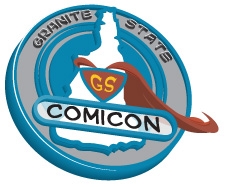In 1942 Bob Heinlein wrote a novella called Waldo, not as in “where the hell is he”, but more along the lines of a mechanical genius exiled from humanity. The protagonist, Waldo Farnsworth-Jones suffers from Myasthenia Gravis (MG) and becomes the penultimate inventor devising mechanical devices to overcome the shortcomings of his ravaged body. His main device is a “waldoe” in essence a mechanical hand, which he uses, much as we use our arms. Flash forward to 1950 when this was published as a collection with another novella, Magic, Inc. As with most of the “inventions” of Heinlein, the scientific community looked and began to see its feasibility and adapt it to technology. Work in neurobiology, genetic splicing, and radioactive research would be impossible without the use of a waldoe. The concept of the comic book Iron Man (1963) and exo-skeleton research for use in both military and industrial applications is all based on this one simple novella from 1940.![exo2_breaking_boards_2[1]](http://www.scifisaturdaynight.com/wp-content/uploads/2010/09/exo2_breaking_boards_21-300x199.jpg)
In the words of Ben Bova, “Science Fiction is history that is yet to happen.” A mere 70 years later we have practical applications in both research and industry using the basic designs Heinlein gave us in that novella. ![rtn10_exo_mast[1]](http://www.scifisaturdaynight.com/wp-content/uploads/2010/09/rtn10_exo_mast1-300x131.jpg) This past week, Raytheon announced that the XOS 2, a wearable robotics suit using 50% less power than its predecessor and much more ruggedized to environmental variances.
This past week, Raytheon announced that the XOS 2, a wearable robotics suit using 50% less power than its predecessor and much more ruggedized to environmental variances.
This is Dome sayin’: Tony Stark, cry me a river.
Photograph and Tech link via Raytheon.






Comments are closed.